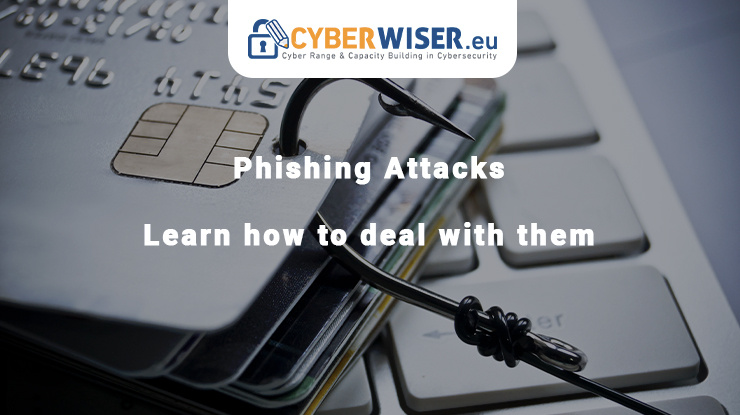Our self-confidence is often a false friend. Too many internet users are unaware of the threats that are out there. Evidence shows that careless navigation can cause millions of dollars damage to your organisation when it can actually be avoided.
Phishing attacks are based on user deception. Often these attacks start with fake emails, or web pages, asking users for personal information like phone numbers, credit card details and so on. These emails or web pages often seem to belong to famous brands or well-known organisations when in actual fact they tricking people into revealing sensitive information, paying money into fraudulent bank accounts or purchasing goods through apparently bonafide websites.
Statistics from Verizon’s 2020 Data Breach Investigations report (DBIR) confirm that 22% of data breaches in 2019 involved phishing. Almost 88% of organisations around the world experienced spear phishing attempts in 2019.
With the outbreak of COVID-19, phishing attacks have become even more common. Phishing scams are thriving in this period of doubt and fear with the continuous need for up-to-date information acting as a great breeding ground for this type of cyber abuse. Most campaigns lure people with the promise of important or breaking information on COVID-19, enticing them to click malicious links or open infected attachments.
What to watch out for - emails!
The Verizon’s 2020 DBIR report tells us that 96% of phishing attacks are carried out by email, 3% through malicious websites and only 1% via phone.
A 2019 report from Symantec lists the most common words and subjects cited in these malicious emails:
-
Urgent
-
Request
-
Important
-
Payment Attention
As we were saying before, cyber criminals are out to steal credentials like passwords and usernames, name, address email, account number and credit card information. How much does it cost?
According to the FNI’s IC3 more than 1.7 billion dollars were lost in 2019 resulting from business email compromise complaints.
Additionally IBM’s 2019 Cost of Data Breach Report shows that the average cost per compromised record was $150 in 2019. The cost of a data breach could even be as high as $780.How can you deal with Phishing attacks?
The most effective ways to deal with phishing attacks starts from knowing very well how they are carried out, the techniques used, and learning from attack simulations. It’s important to train your staff and share knowledge about phishing attacks right across your organisation, remember that 49% of data breaches start with human error.
Here you will understand what a Phishing attack is, how it is structured, and what it affects. Within the Phishing demo session, you will see a real simulation of a Phishing attack, the chain of events that it triggers, and its consequences.
Additionally you will have the opportunity to start a customised training path in cybersecurity. A special session is reserved to the audience. Here the audience can present their organisation and its cybersecurity needs so to set up a customised training path.
Agenda:
16:00 - 16:10 - Open Pilot Opportunities - Nicholas Ferguson, Lorenzo Palai, AON
16:10 - 16:30 - One-minute pitches from our Pilot Owners - Who you are and your expectations - Interaction with the Audience
16:30 - 16:35 - A Walkthrough the CYBERWISER.eu Platform - Antonio Alvarez Romero, ATOS
16:35 - 16:40 - Introduction to Phishing - Vasileios Fotis, RHEA
16:55 - 17:00 - Phishing exercise - Vasileios Fotis, RHEA
17:00 - 17:05 - Closing remark and open pilot reminder - Lorenzo Palai, AON



 © Copyright 2021 - CYBERWISER.eu has received funding from the European Union’s Horizon 2020 research and innovation programme under the Grant Agreement no. 786668. The content of this website does not represent the opinion of the European Union, and the European Union is not responsible for any use that might be made of such content.
© Copyright 2021 - CYBERWISER.eu has received funding from the European Union’s Horizon 2020 research and innovation programme under the Grant Agreement no. 786668. The content of this website does not represent the opinion of the European Union, and the European Union is not responsible for any use that might be made of such content.